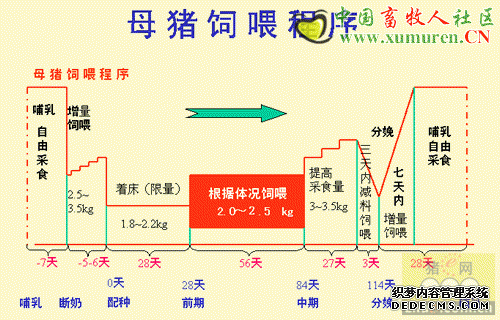By Dr Richard Webby - Division of Virology, St. Jude Children’s Research Hospital, Memphis. This paper, presented at the 2002 ISU Swine Conference, summarizes understanding of the current influenza viruses circulating in the swine populations of the world with particular emphasis on the situation in North America.
Introduction
Swine Influenza HistologyInfluenza is an acute respiratory disease affecting a variety of mammalian speciesincluding swine, humans, and horses. The major reservoir of influenza virus, however, isthe aquatic birds of the world. Although fortuitously an infrequent event, it is from theseaquatic birds that viruses sporadically transmit to other avian and mammalian species.The presence of this vast reservoir of influenza viruses in the aquatic birds of the worldprecludes this viral disease from eradication. Thus, the quest for control of influenza inanimal and human health sectors lies heavily in the area of prophylactic treatment withvaccines.
Despite our ability to produce vaccines of proven efficacy, the influenza virus hasdeveloped avenues of counter assault that make vaccination a challenging and constantlychanging task. In addition to its vast reservoirs, the influenza virus has alternativemechanisms to promote constant evolution and evasion of the hosts' immune response.The ability of influenza to undergo genetic changes drives the continual emergence ofantigenically and genetically novel viruses. It is the aim of this report to summarize ourunderstanding of the current influenza viruses circulating in the swine populations of theworld with particular emphasis on current situations in North America.
Antigenic variation
The ability of the influenza virus to continually evolve resides in the fundamentalproperties of the virus particle itself. Through the genetic processes termed antigenic driftand antigenic shift, the virus has the ability to constantly sidestep the immune responseand sporadically cause pandemic disease of noteworthy proportions.
Antigenic drift, which is driven by the infidelity of the virally encoded polymerase,results in point mutations in the viral hemagglutinin (HA) and neuraminidase (NA)glycoproteins. The HA molecule is the major viral antigenic determinant, and theselection applied by the host immune system constantly selects for drift variants that canno longer be neutralized by circulating antibodies. In this way, influenza emergesseasonally as an endemic disease and can reemerge in populations that have considerableimmunity from previous exposures.
Less frequent, but potentially of far greater concern, is the process of antigenic shift. Theinfluenza A genome is composed of eight single-stranded negative-sense RNAmolecules. Infection of a single cell by two different influenza viruses can result in theproduction of progeny viruses containing a mixture of RNA segments from the parentalviruses. Such reassortment has the potential to completely change the antigenic nature ofthe circulating virus and, as such, allow unimpeded spread through a host population.
Pigs as intermediate hosts
It has been postulated that swine play a central role in the ecology of influenza. Inaddition to being a natural host for a limited number of viral subtypes (see below) there isconvincing evidence that pigs can act as an intermediate host for human disease. Thelimiting factor in the emergence of pandemic influenza in humans is the inability of manyviruses from aquatic birds to replicate effectively in the respiratory tract of primates.1,19Likewise, human viruses inoculated using natural routes of infection replicate poorly inwaterfowl12 In contrast pigs seem to be readily infected by human viruses3,7 and most, ifnot all, avian HA subtypes are capable of replicating to some extent in swine.16 This traithas led to the hypotheses that pigs act as the mixing vessel for human, swine, and avianviruses with the resulting potential for reassortment and generation of novel viruses.Current theories on the source of the 1957 and 1968 human influenza pandemics are thatthe causative viruses were derived through reassortment in pig populations.
The molecular features responsible for the permissive nature of swine as a host ofinfluenza reside in the nature of the viral receptors. Avian and human influenza virusesbind to different sialic acid moieties on the surface of target cells. The preference for thedifferent receptors directly reflects the relative abundance of these receptors in the host.Avian cells contain primarily the receptors recognized by avian viruses and human cellscontain primarily those recognized by human viruses. In comparison, the cells lining therespiratory tract of swine contain both types of receptor allowing attachment of bothavian and human viruses.13
声明
来源:互联网
本文地址:http://farm.00-net.com/yz/zhu/5/2007-09-18/142287.html








